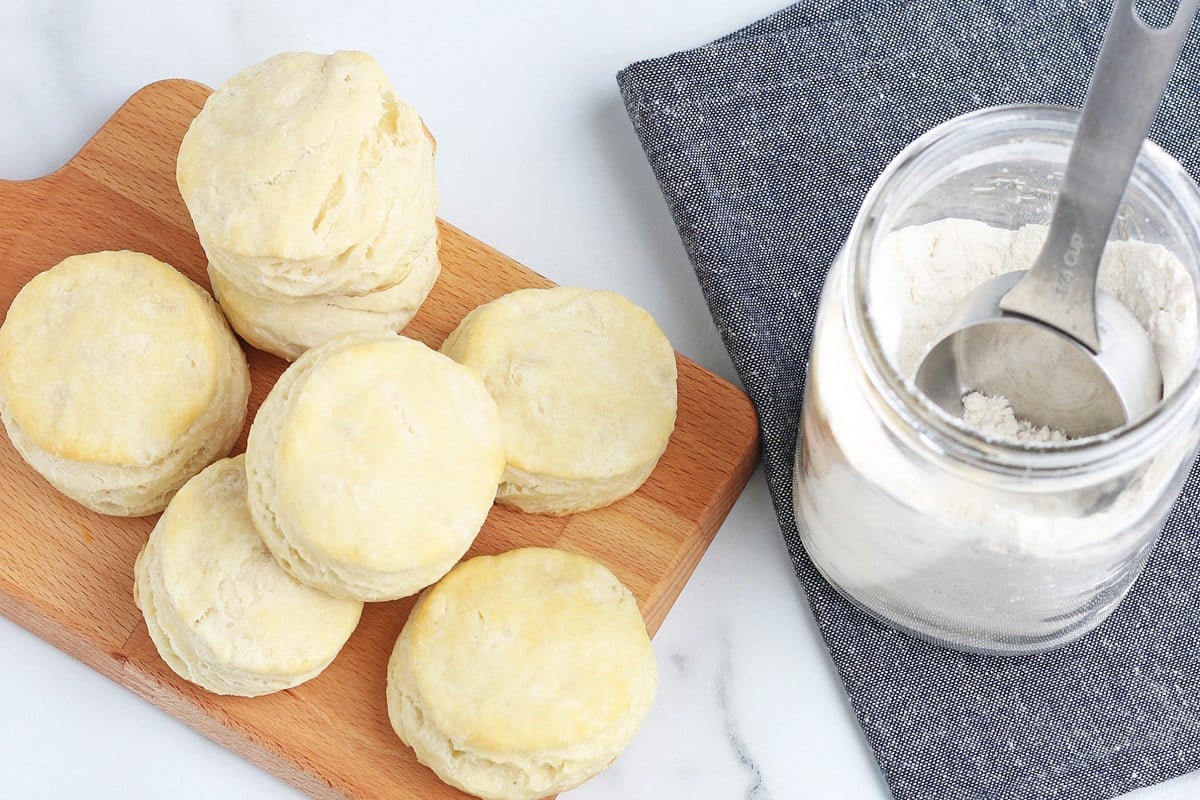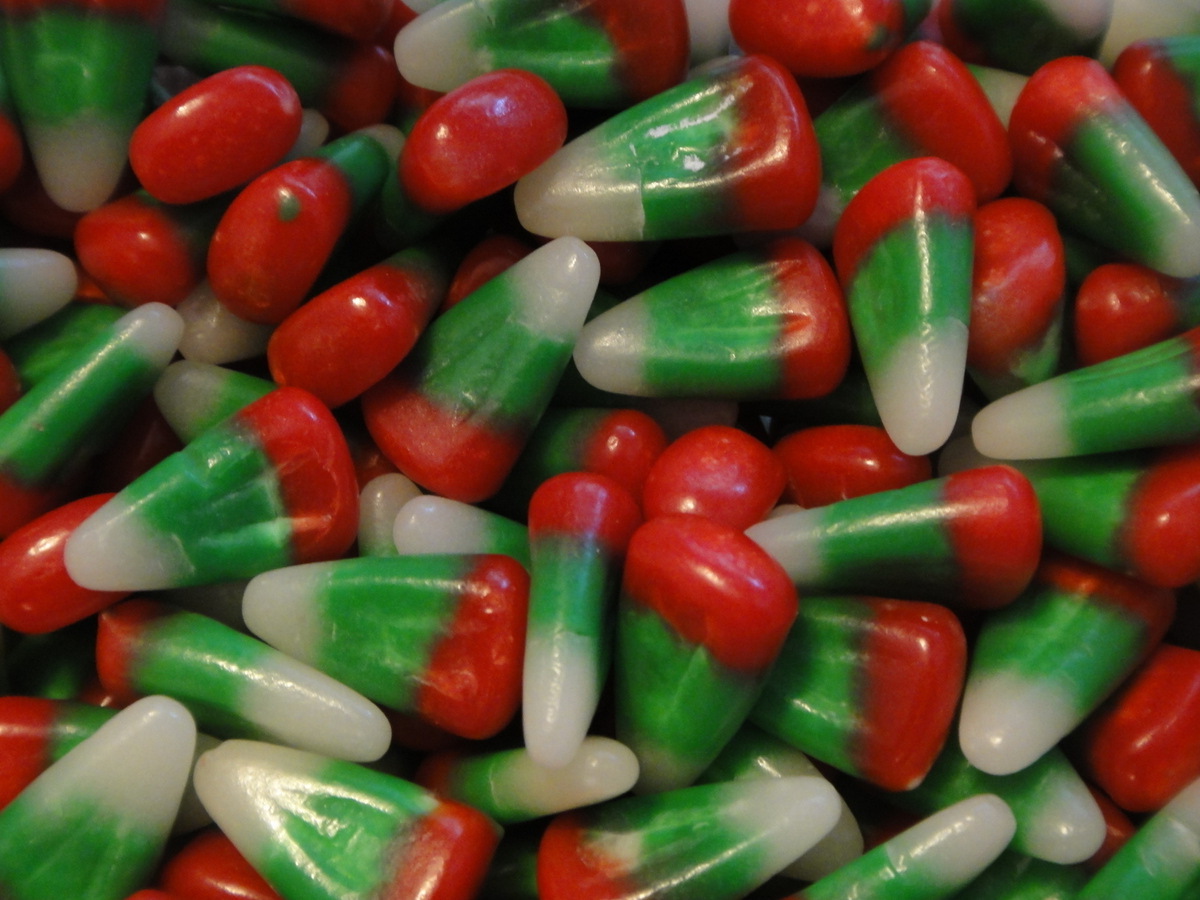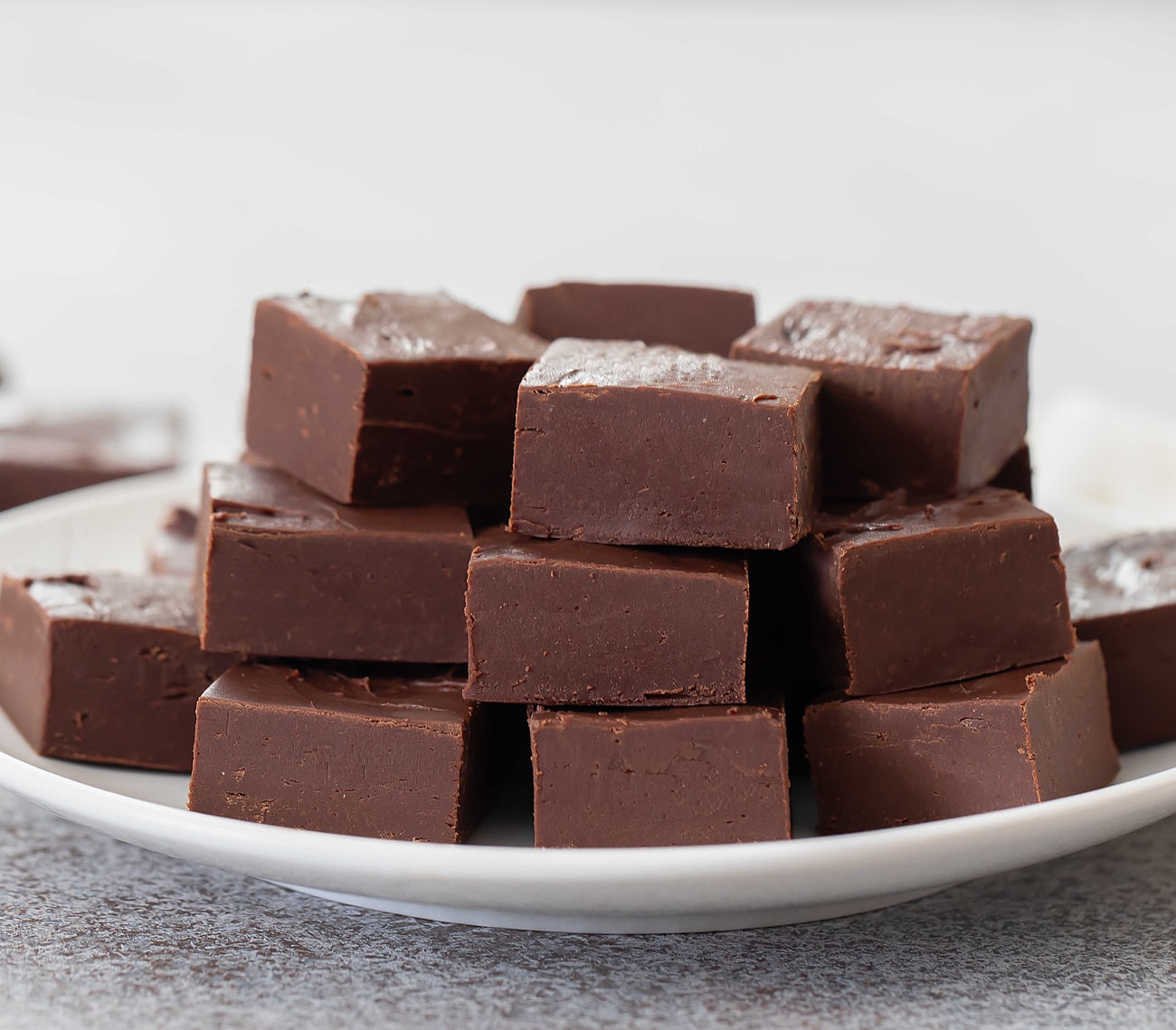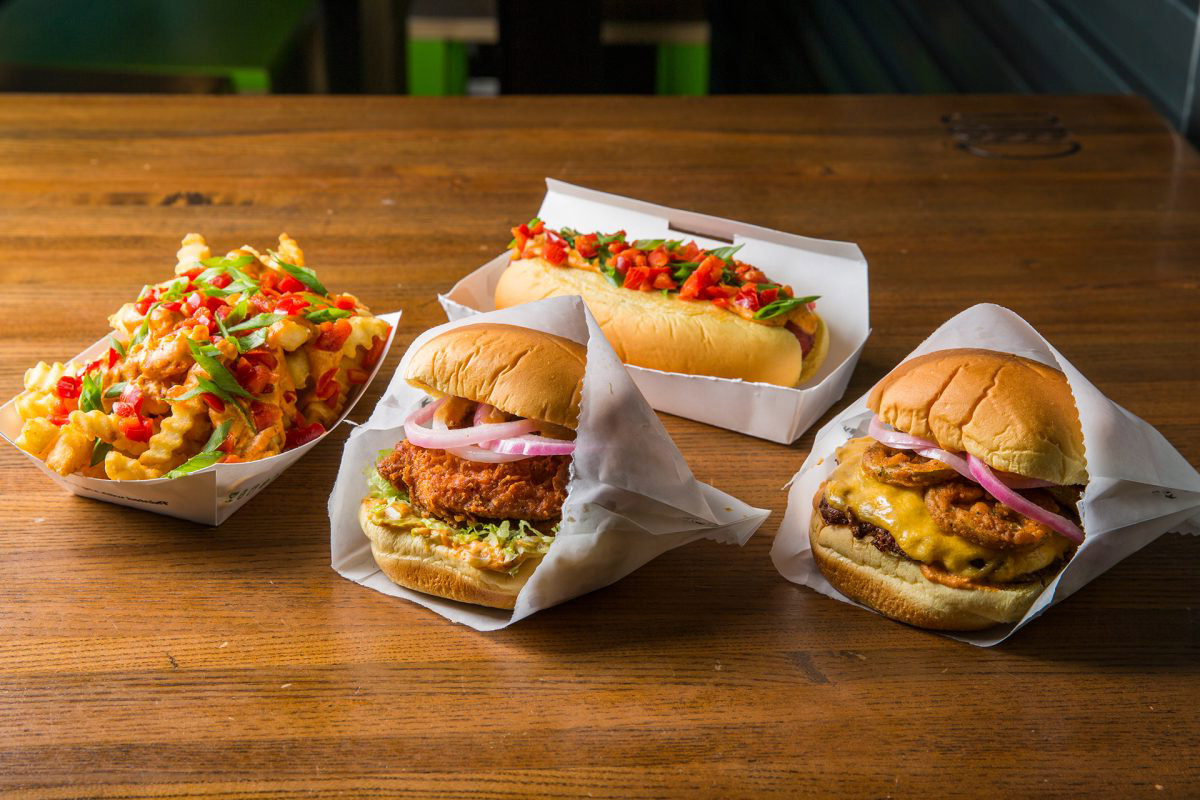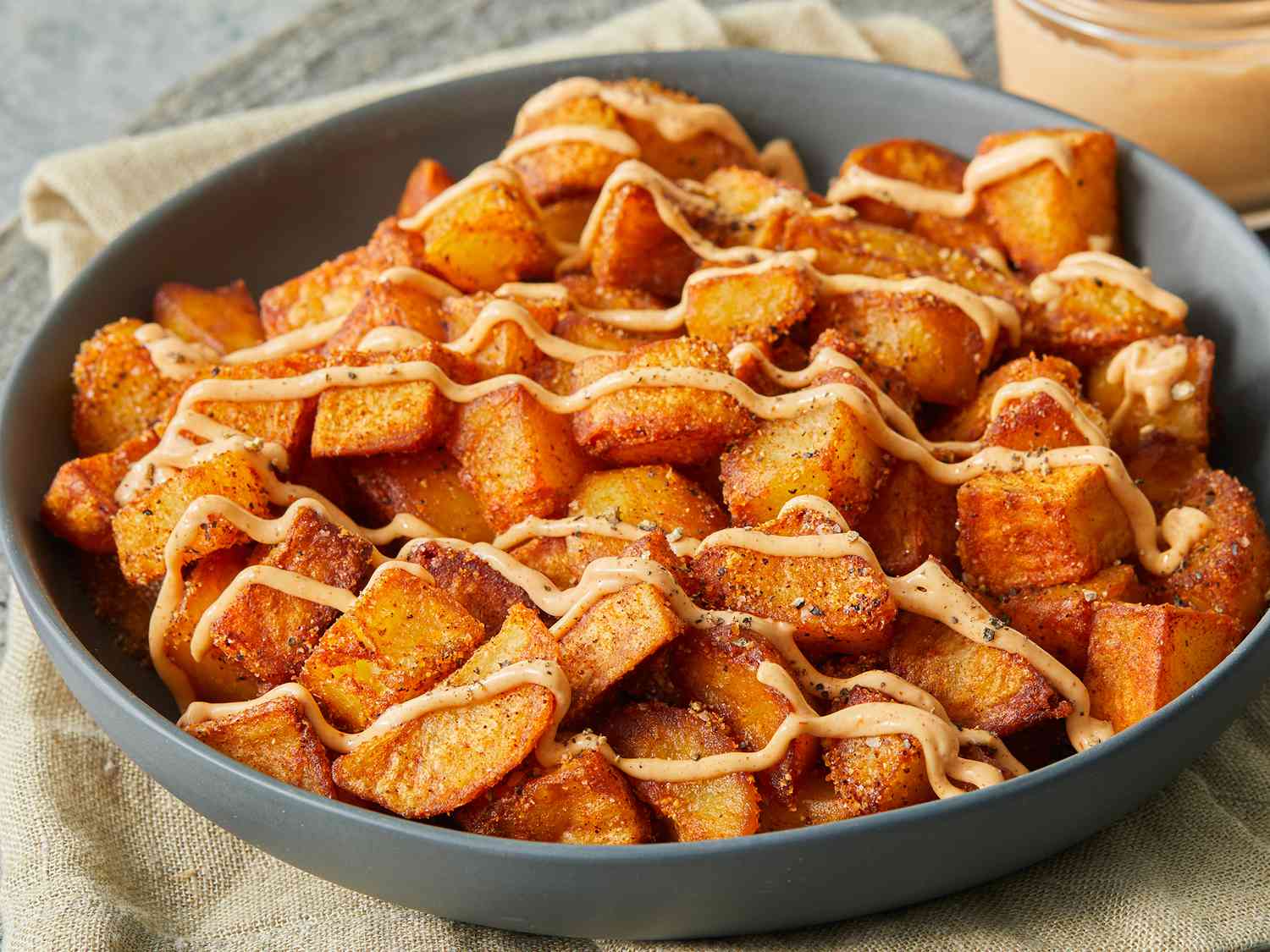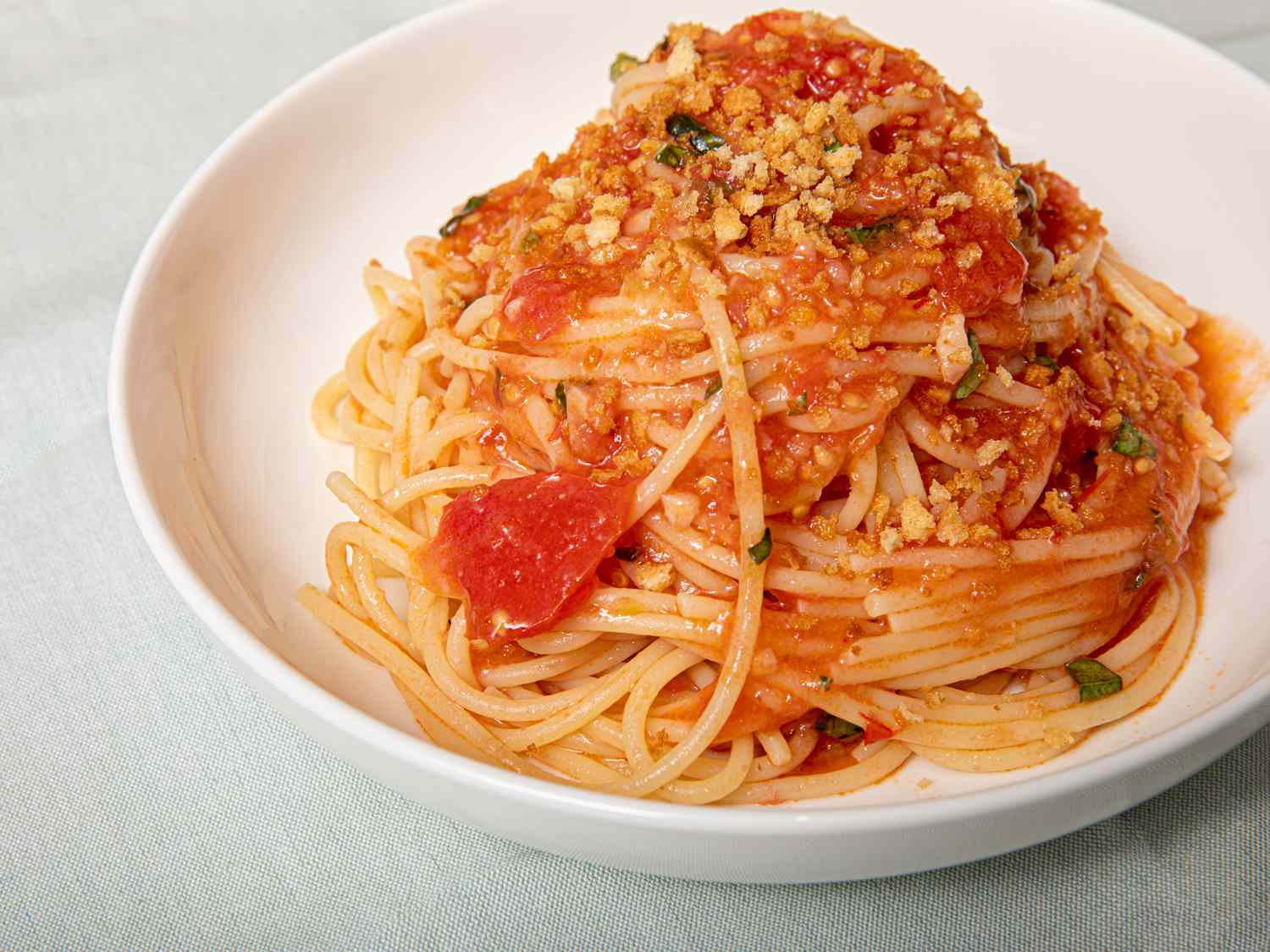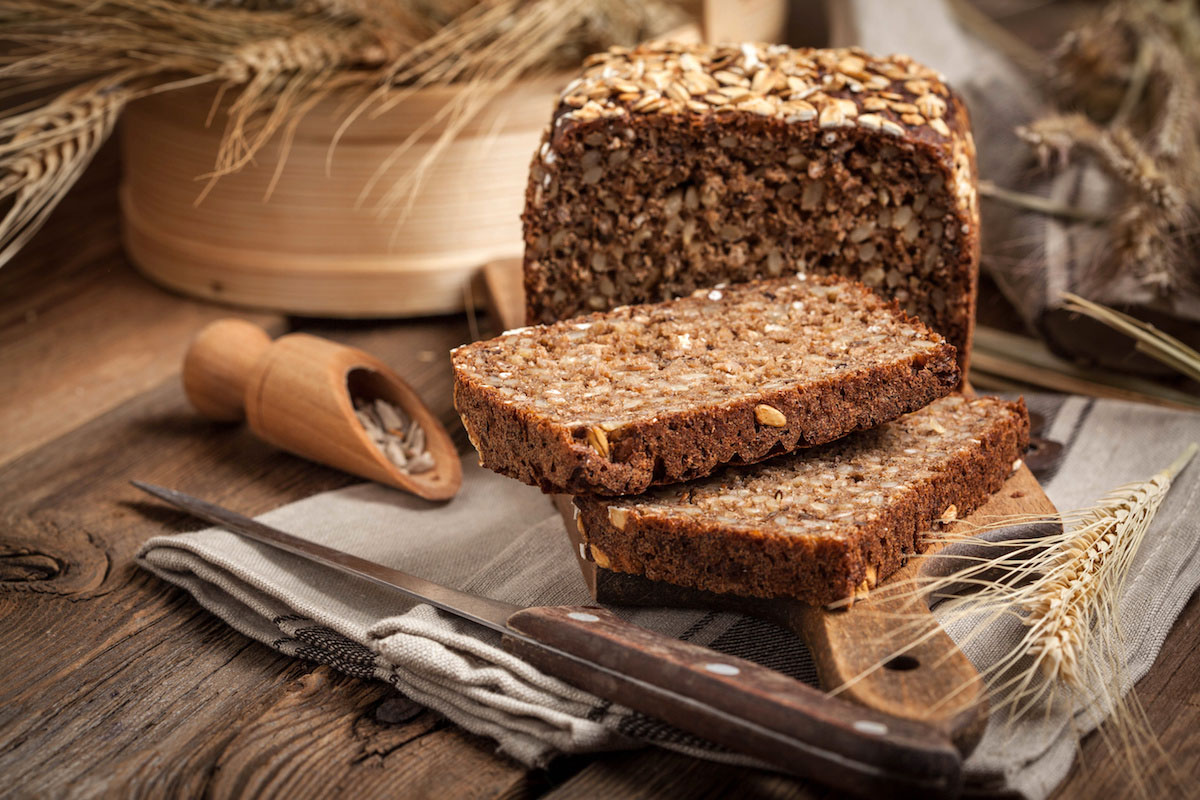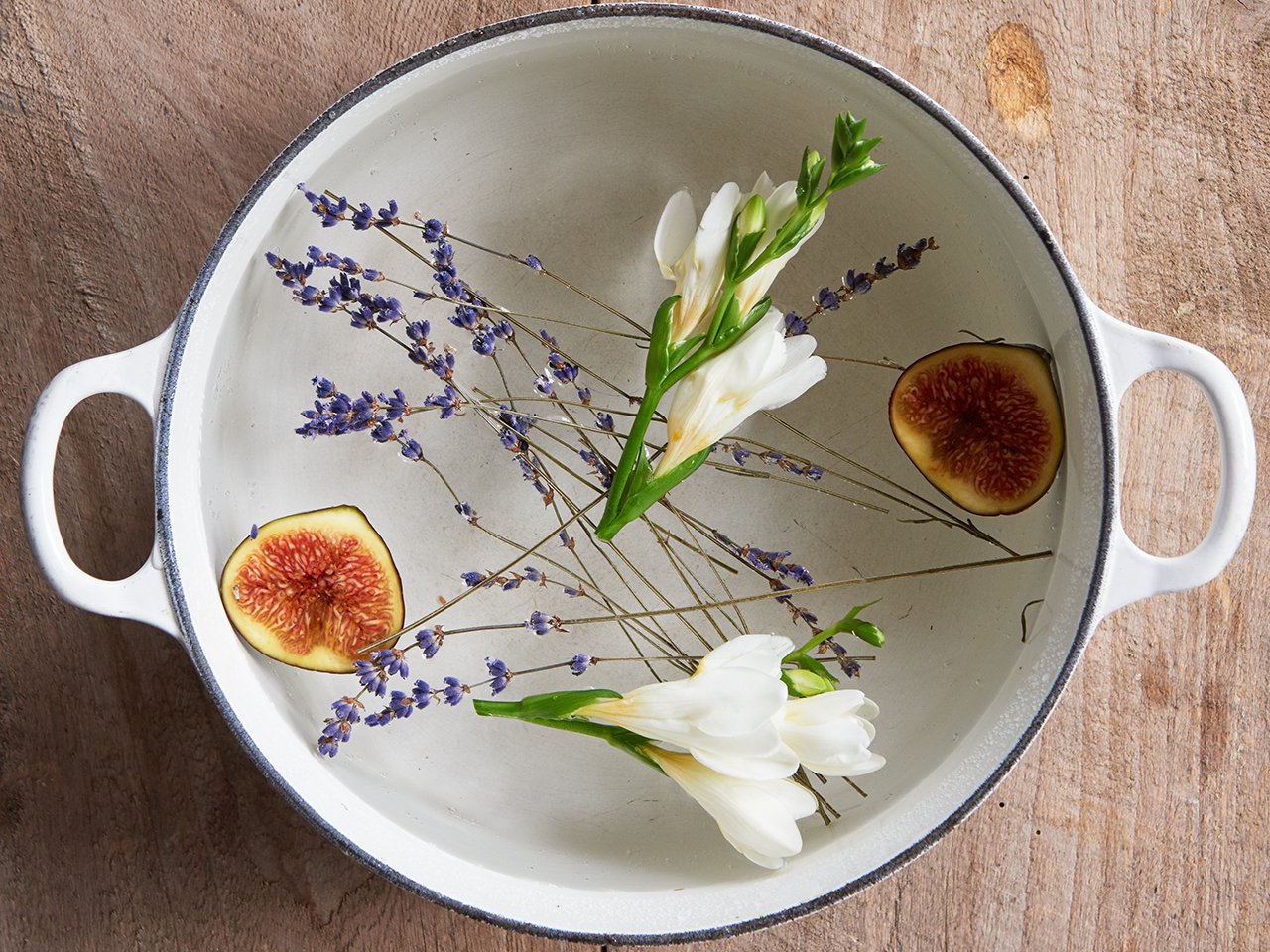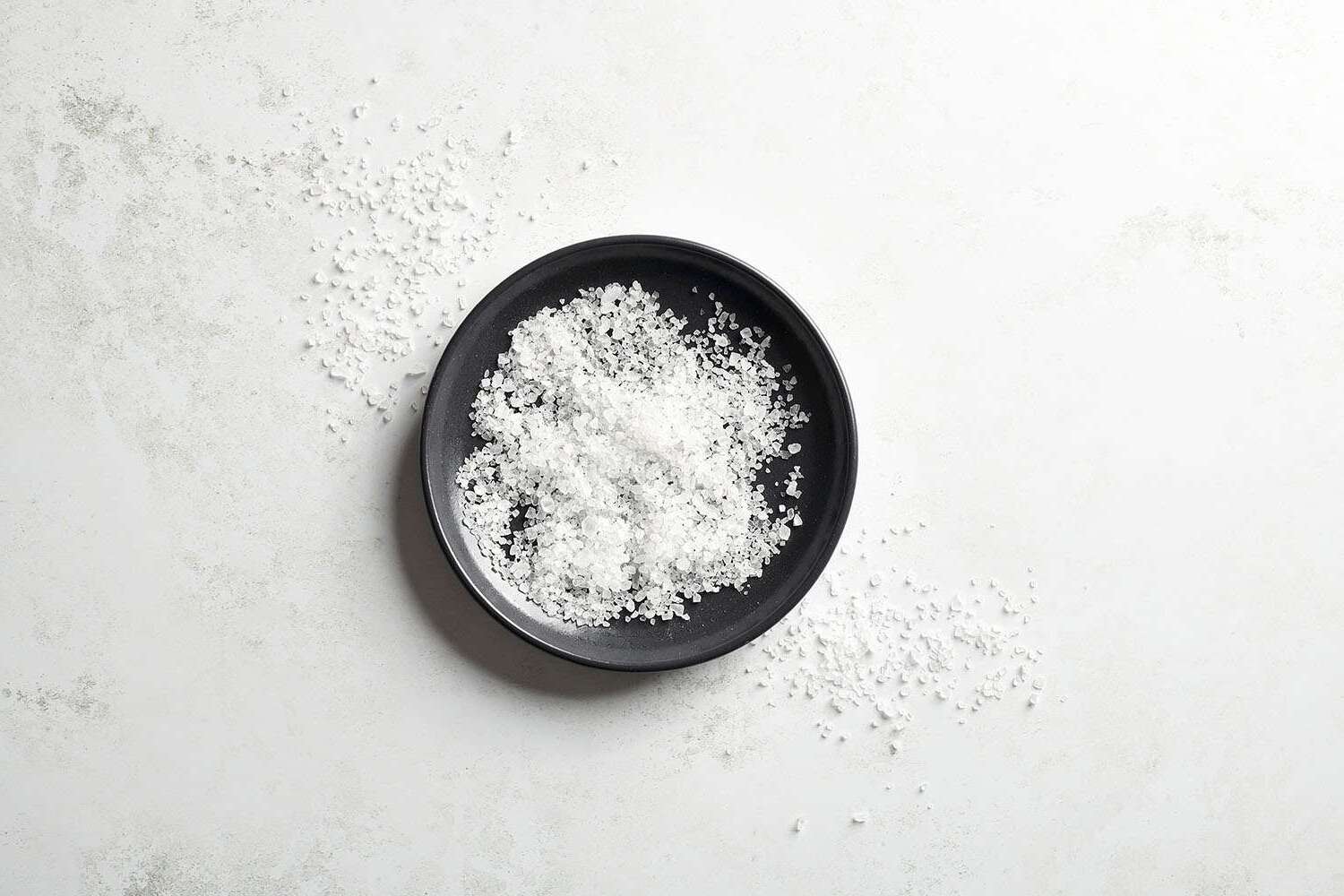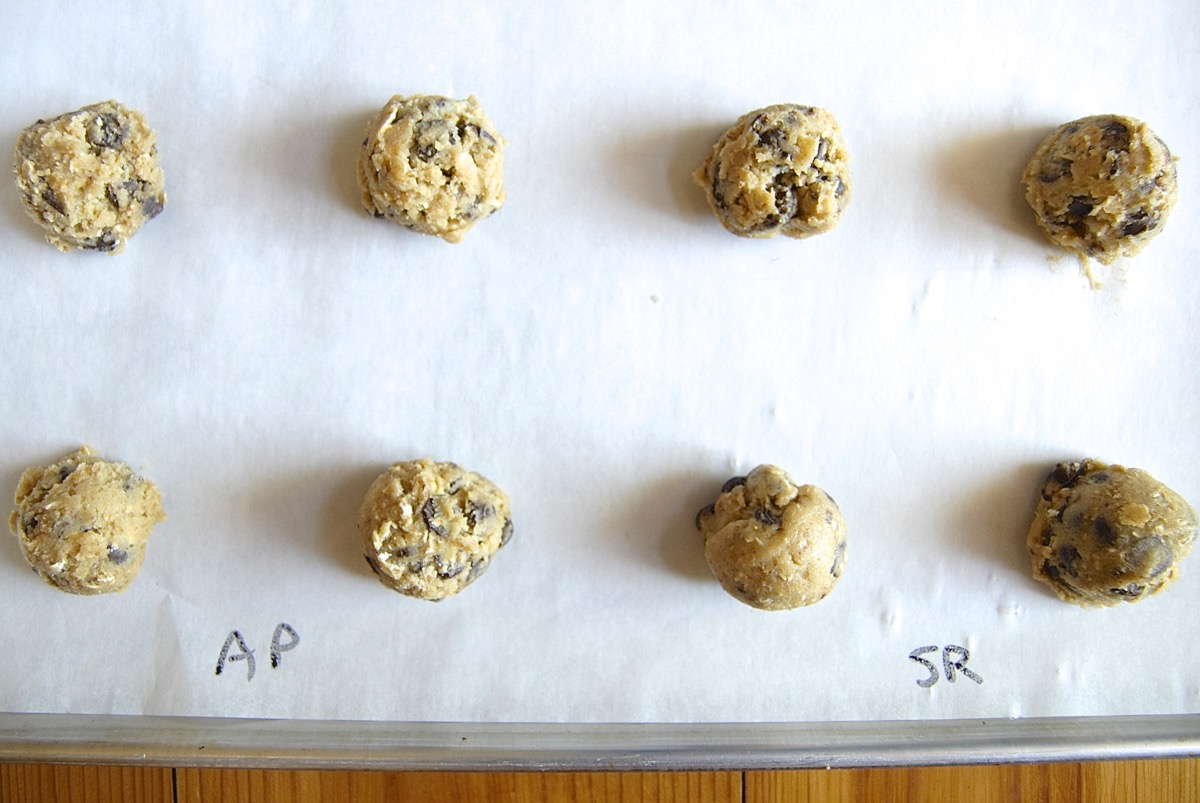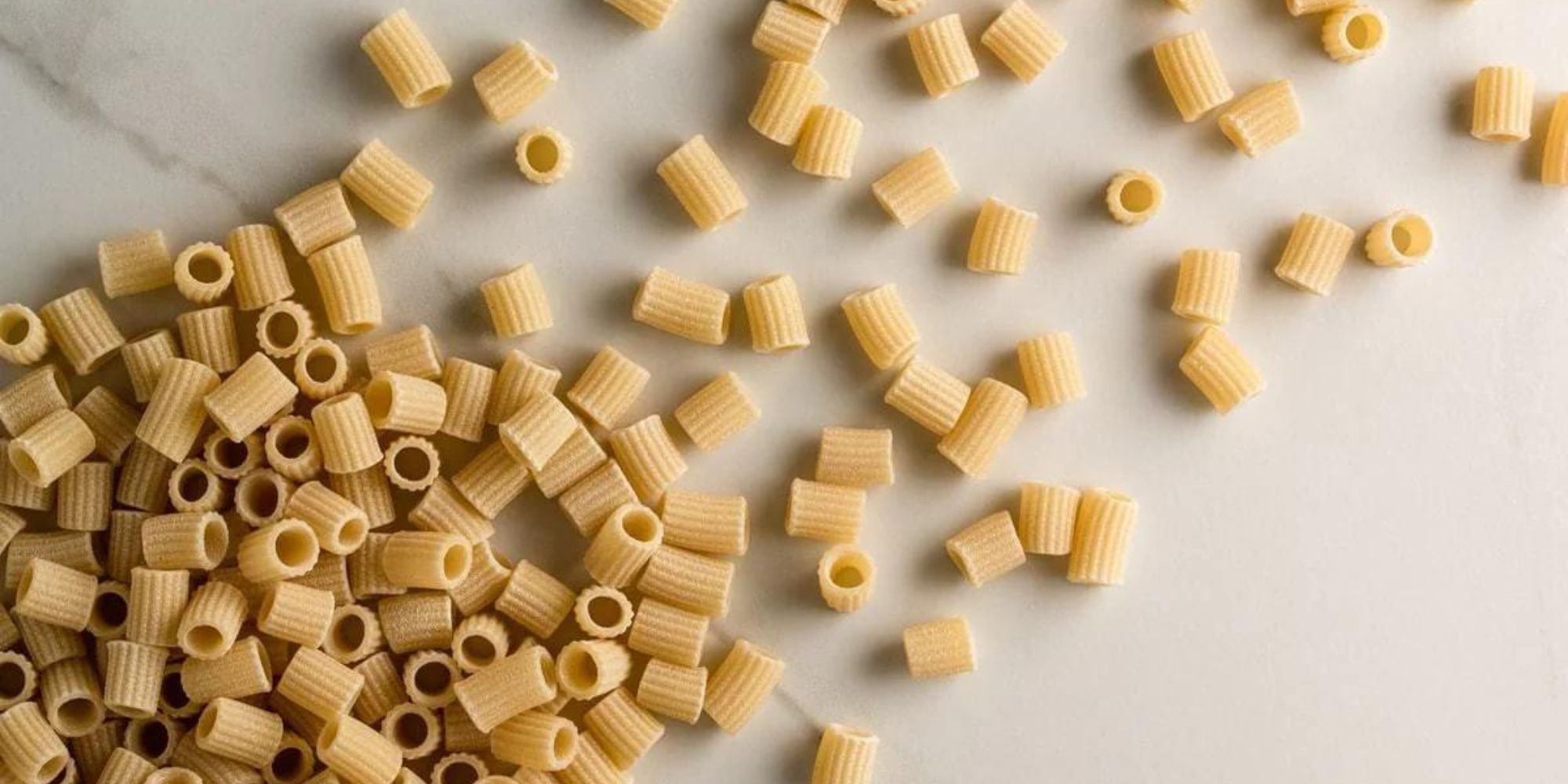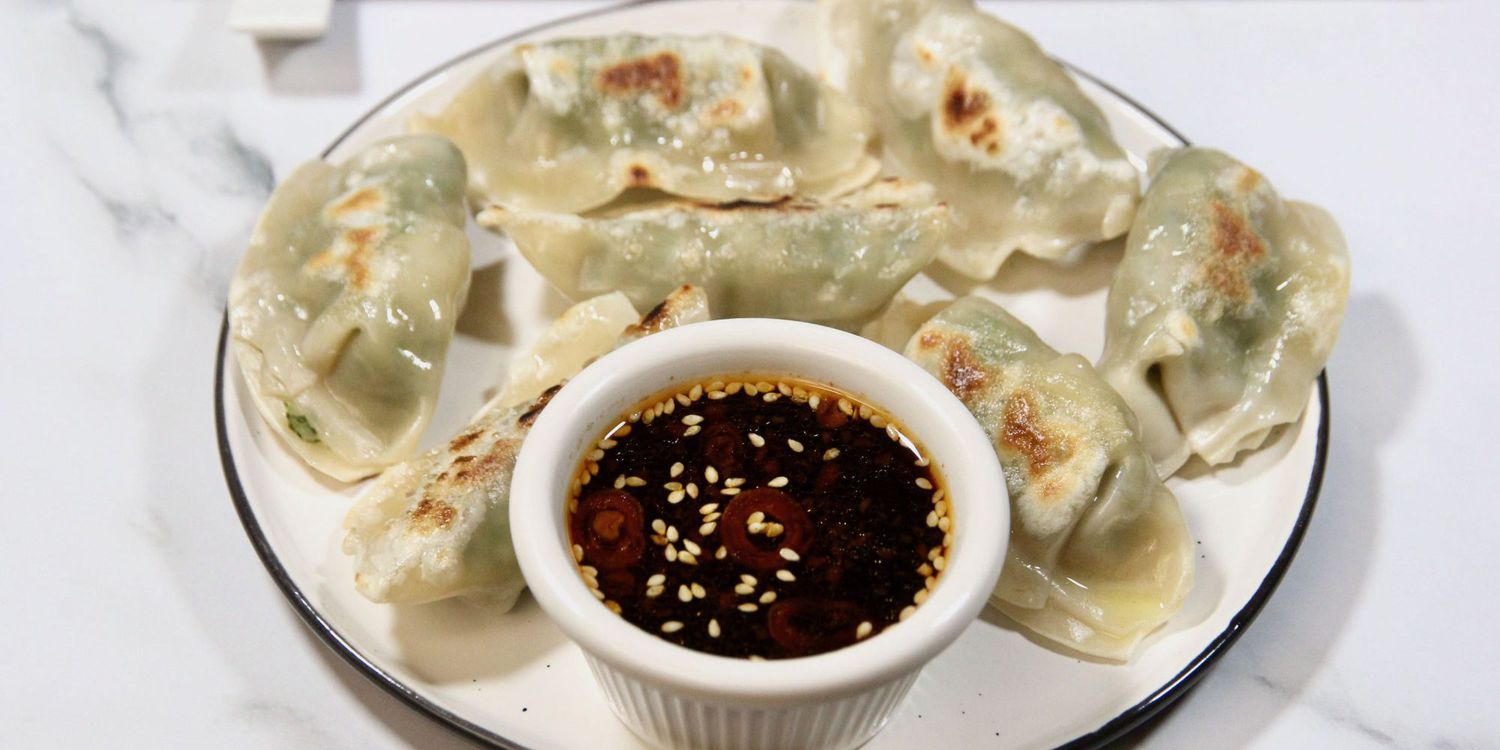Understanding Batter: A Versatile and Essential Component in Cooking
When it comes to cooking, one of the most versatile and essential components is batter. Whether you’re making pancakes for breakfast, fish and chips for dinner, or a delicious cake for dessert, understanding the role of batter is crucial for achieving the perfect texture and flavor in your dishes.
What is Batter?
Batter is a semi-liquid mixture made from combining dry ingredients such as flour, baking powder, and spices with wet ingredients like milk, water, eggs, or oil. The consistency of the batter can vary depending on the recipe and the desired end result. It can range from thin and pourable to thick and spoonable, and it is used to coat or cover food before cooking.
The Role of Batter in Cooking
Batter serves several important purposes in cooking:
- Coating: Batter is often used to coat food items before frying or baking. This helps create a crispy and golden exterior while sealing in moisture and flavor.
- Leavening: In recipes such as pancakes and waffles, the leavening agents in the batter, such as baking powder, help the batter to rise and create a light and fluffy texture.
- Binding: When making dishes like meatballs or fritters, the batter helps bind the ingredients together, creating a cohesive mixture that holds its shape during cooking.
- Flavor and Texture: The ingredients in the batter, such as spices, herbs, and flavorings, contribute to the overall taste and texture of the finished dish.
Types of Batter
There are several different types of batter used in cooking, each with its own unique characteristics and applications:
- Thin Batter: This type of batter has a high liquid content and is often used for coating foods like fish and vegetables before frying. It creates a light and crispy coating.
- Thick Batter: A thicker batter, often used for making pancakes, waffles, or fritters, creates a more substantial and fluffy texture in the finished dish.
- Batter for Baking: In baking, batter is used to make cakes, muffins, and quick breads. The ingredients and mixing method are carefully controlled to achieve the desired texture and rise in the final product.
Tips for Working with Batter
Working with batter can be a fun and rewarding experience, but it’s important to keep a few tips in mind:
- Consistency is Key: Pay attention to the consistency of the batter called for in the recipe. Adjust the amount of liquid or dry ingredients as needed to achieve the right texture.
- Temperature Matters: For some batters, such as those used in baking, the temperature of the ingredients can impact the final result. For example, using cold eggs and milk in a pancake batter can result in a less fluffy texture.
- Avoid Overmixing: When working with batters that contain flour, overmixing can lead to a tough and dense finished product. Mix the batter just until the ingredients are combined to avoid this issue.
- Experiment with Flavors: Don’t be afraid to experiment with different spices, extracts, and add-ins to customize the flavor of your batter-based dishes.
Conclusion
Batter is a fundamental element in cooking that plays a crucial role in creating a wide variety of delicious dishes. Whether you’re frying, baking, or griddling, understanding the different types of batter and how to work with them can elevate your culinary creations to new heights. So, the next time you’re in the kitchen, don’t underestimate the power of a well-made batter!
Was this page helpful?
Read Next: What Is Breakfast Salad?
